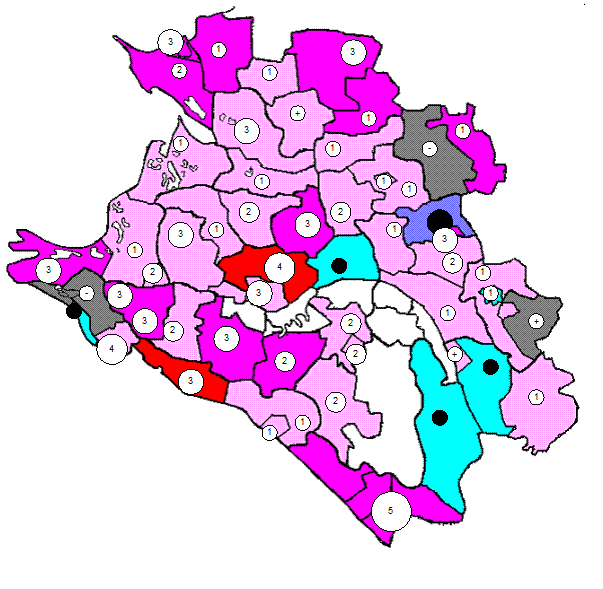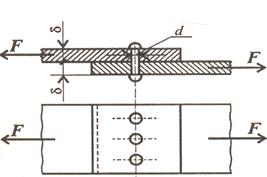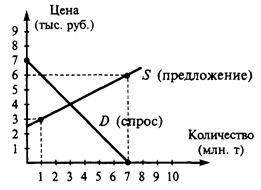The War of Independence, its reasons and consequences.
The war of Independence, or the American Revolution: 1775-1783. The trade and wealth of the British colonies in N.America were utilized for the exclusive benefit of the British rooling class. Capitalism in British colonies was developing rapidly and the interests of Americans conflicted sharply with those of British manufacturers. The British Parliament protecting the interests of Br. manufacturers passed a number of laws to paralyze the rising industry and trade in the colonies. The so-called Stamp Act. The colonies produced raw materials (iron, coal, tobacco…), but they were forbidden to build their own manufacturing plants. Direct trade with other countries was also forbidden. The navigation law didn’t let Americans have their own fleet. The Stamp Act allowed the Br. government to get more and more money from the American colonies.The situation was aggravated (ухудшилась) after the wars in France which ended in 1763. Britain was in financial difficulties and the Br.government imposed high duties on tea, paper, glass and other articles of general consumption. The colonists had to keep English troops, stationed in North America. Now that the French were defeated, the colonists saw no reason for the presence of English troops. In fact, the British troops didn’t protect them but oppressed. There was general discontent (неудовольствие) among the people in the colonies and the anti-English feelings gave rise to a popular organization called the Sons of Liberty. Their slogan was, “No taxation without representation”. They demanded their representation in the British Parliament and they called for the boycott of English goods. Dec. 16,1773 in protest against the duty on tea a group of about 50 citizens of Boston, distinguished as Indians, attacked 3 English ships and threw all the tea into the harbor. This event is known as the Boston Tea Party. It was the first open act of resistance against the English. Following the Boston Tea Party in 1774 the First Continental Congress of representatives of all the colonies met in Philadelphia. It can be said to have been the first unofficial American Government. Arms were bought illegally and American patriots organized secret military training. When the British tried to get the illegal store of arms at Concord and Lexington in 1775, the first shots of the war were fired. (The British were called the redcoats as they wore red jackets.) Within a few weeks after Lexington and Concord, Royal governors were overthrown in all the colonies and the second Continental Congress met again in Philadelphia and organized the American troops into the American Continental Army and appointed George Washington to take command. In the second Continental Congress were some radicals who demanded complete independence. But the majority of Congress still believed in a possible compromise with the King of England. At that time Tom Pain, a brilliant young radical, published a pamphlet “ The Common Sense ”, in which he argued very convincingly that independence was the only way out. On July 4, 1776 the Congress adopted the Declaration of Independence. The author of the document was Thomas Jefferson. So the war, which had begun as a war for the rights of Englishmen in North America, became in a little more than a year a War of Independence. (May I have your John Kancord? = May I have your signature?) In the first year of the war Washington’s Army suffered several defeats. The American soldiers lacked discipline and military training. The quality of the officers was also poor. There were financial difficulties as Americans had to buy all the arms and ammunition. There was no strong central government and they had no navy. But despite these drawbacks Americans had some advantages. They fought on their territory, their army was a revolutionary army and at critical moments soldiers exhibited a superb fighting spirit. The English, on the other hand, fought 3 000 miles away from home. It was very costly to transport men and supplies from Britain. Proper strategic management from London was impossible. In 1777 Americans achieved their first great Victory at Saratoga. It was a turning point in the course of the war. France, Spain and Poland began to help the Americans. The North was under the American control, the war continued in the South. The last battle was one in 1781 at Yorktown in Virginia but King George III refused to acknowledge defeat and the Peace Treaty was signed in 1783. British recognized the Independence of the USA in 1783. (Why can it be called a revolution? – It can be called a revolution as revolution is a transition from one state of government to another one and the US from being a part of monarchy (part of Britain before the war) turned into a federal republic (after the war).)
|




